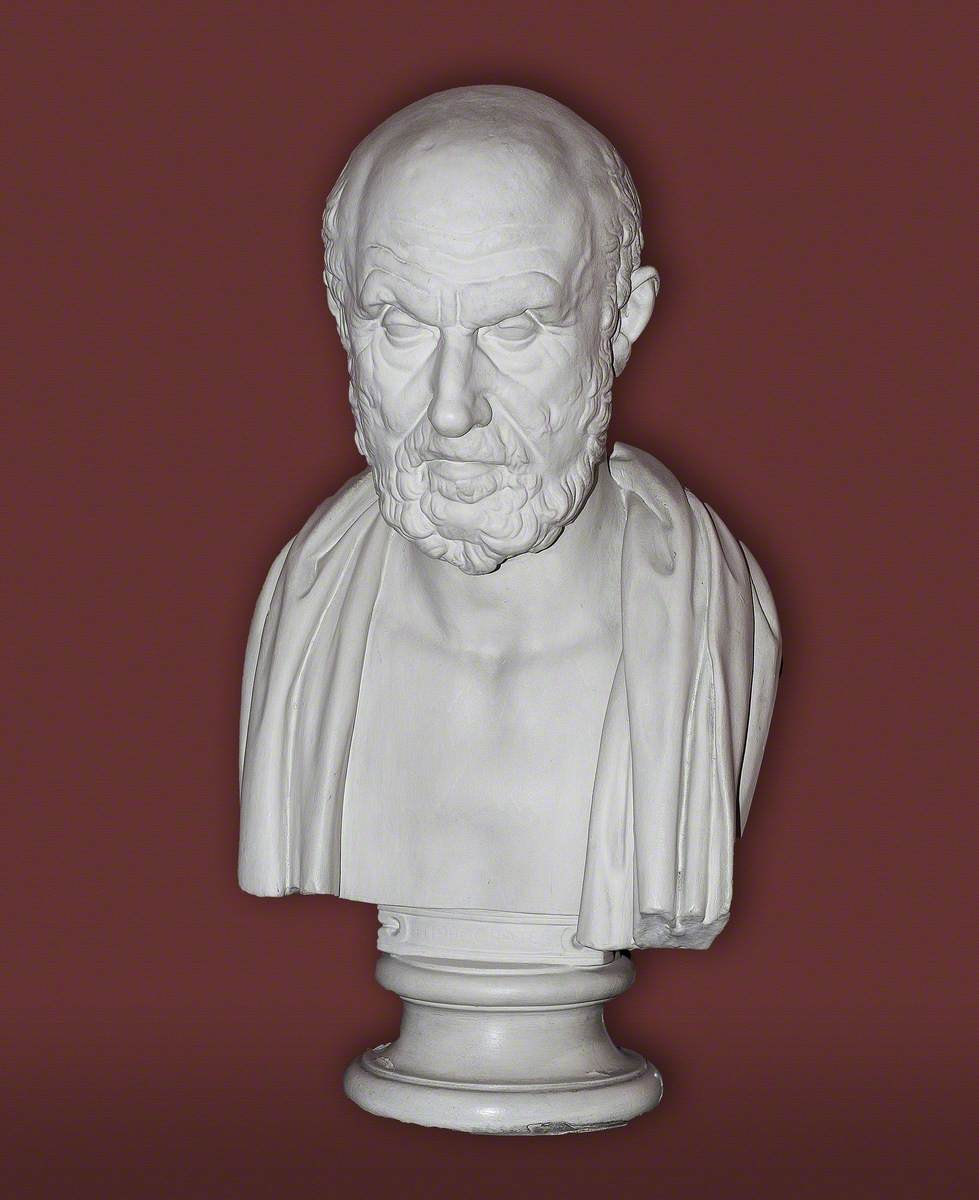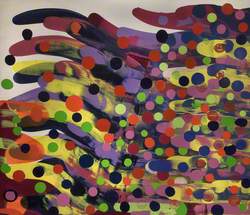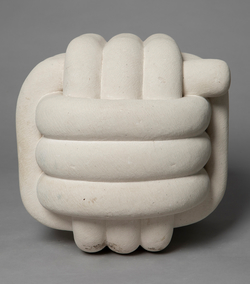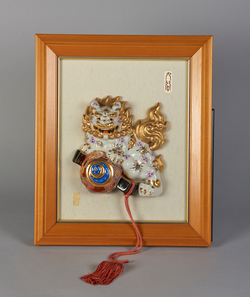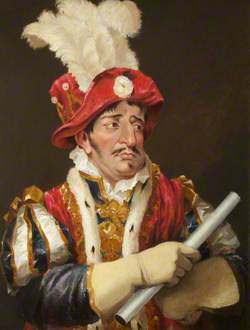How you can use this image
This image can be used for non-commercial research or private study purposes, and other UK exceptions to copyright permitted to users based in the United Kingdom under the Copyright, Designs and Patents Act 1988, as amended and revised. Any other type of use will need to be cleared with the rights holder(s).
Review the copyright credit lines that are located underneath the image, as these indicate who manages the copyright (©) within the artwork, and the photographic rights within the image.
The collection that owns the artwork may have more information on their own website about permitted uses and image licensing options.
Review our guidance pages which explain how you can reuse images, how to credit an image and how to find images in the public domain or with a Creative Commons licence available.
Notes
Add or edit a note on this artwork that only you can see. You can find notes again by going to the ‘Notes’ section of your account.
Hippocrates was a Greek physician and the originator of what is now called Hippocratic medicine. In his lifetime he was renowned as a teacher and his younger contemporary Plato makes reference to this in the Asclepiad. Hippocrates is also strongly associated with the Corpus Hippocraticum, a collection of writings which date approximately from the fifth to the third century BC. Whilst the authorship of this work was traditionally attributed to Hippocrates this is now a matter of scholarly debate as the authorship appears to have changed over the period of its composition. However, it is now certain that two of the works are known to have been written by Polybus, Hippocrates’ son-in-law. The collection is significant because it established medicine as a practice separate from philosophy and religion.
Title
Hippocrates (c.460 BC–c.370 BC)
Date
late 19th C
Medium
plaster
Accession number
OBJ/SCU/46
Work type
Bust
